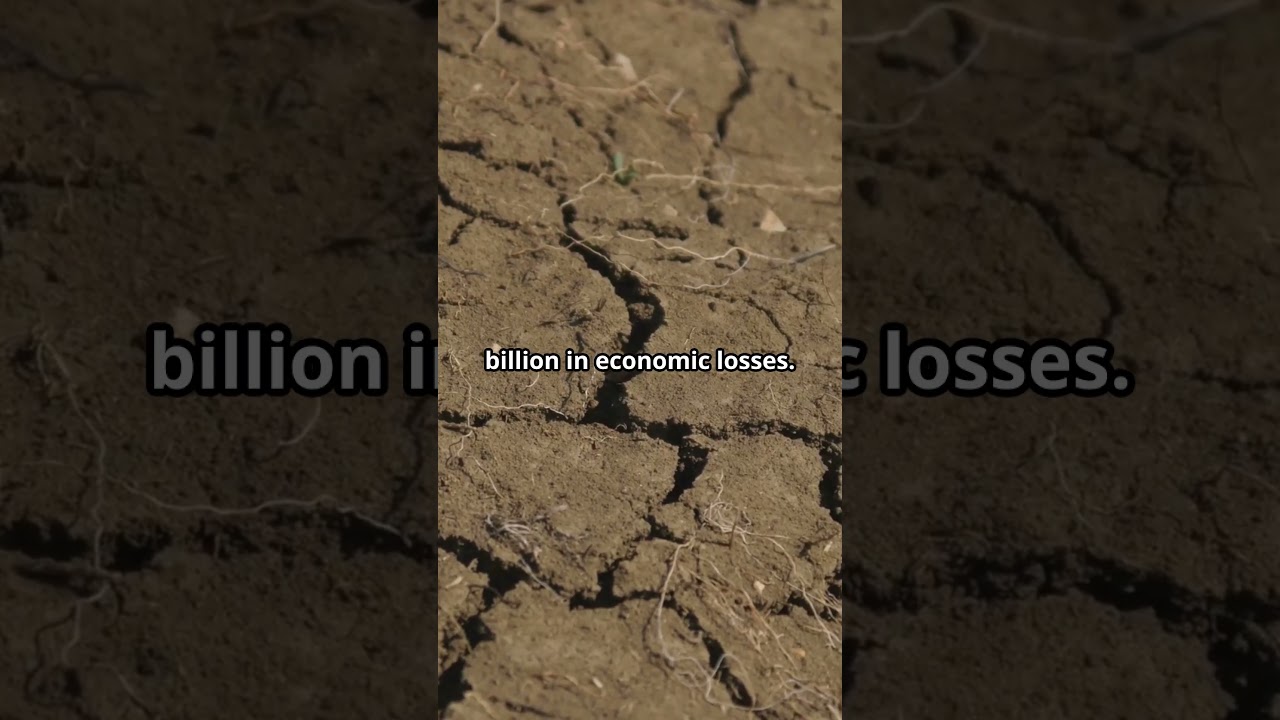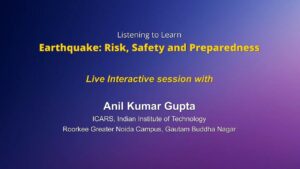
The United States has experienced several significant drought events throughout its history, each having a profound impact on agriculture, the economy, and society. Here are the top five major drought events:
1. The Dust Bowl (1930s)
Timeframe: 1930 to 1939
Impact: Known as one of the most devastating drought events in U.S. history, the Dust Bowl affected the Great Plains, particularly Oklahoma, Texas, Kansas, and Colorado. A combination of severe drought, poor agricultural practices, and high winds led to massive dust storms, driving thousands of farming families from their homes.
Consequences: The Dust Bowl resulted in economic ruin for farmers, widespread displacement of families (over 2.5 million people left the region), and significant soil degradation. It played a role in the development of new agricultural practices and policies to conserve soil.
2. The 1950s Drought
Timeframe: Early to mid-1950s (1950–1957)
Impact: This prolonged drought, sometimes called the “Drought of the 1950s,” impacted large areas of the Midwest, Great Plains, and the South. States like Texas, Oklahoma, and Kansas were especially hard-hit, with water shortages affecting agriculture and local communities.
Consequences: Agricultural losses were immense, and thousands of farms failed. The severity of the drought reshaped agricultural policies, and many of the water management practices in place today stem from this period.
3. 1988–1989 Drought
Timeframe: 1988 to 1989
Impact: One of the worst droughts since the Dust Bowl, the 1988–1989 drought primarily affected the Midwest, Northern Plains, and Western regions. Severe heatwaves during the summer of 1988 exacerbated the situation, causing crop yields to plummet and wildfires to rage.
Consequences: The economic losses from this drought were estimated at $40 billion, due to crop failures and damage to the agricultural economy. It was a catalyst for changes in federal agricultural and disaster relief policies.
4. 2012–2013 Drought
Timeframe: 2012 to 2013
Impact: The 2012 drought affected nearly 65% of the continental U.S., particularly the Midwest, Great Plains, and portions of the South and West. It was the most extensive drought since the 1950s and caused severe water shortages and agricultural impacts.
Consequences: The drought led to significant losses in crop production, particularly corn and soybeans, which affected global food prices. It also resulted in increased wildfires and strained water resources.
5. California Drought (2012–2016)
Timeframe: 2012 to 2016
Impact: This historic drought primarily impacted California, but its ripple effects were felt throughout the western U.S. The drought led to significant water shortages, depleted reservoirs, and affected agricultural output, especially in California’s Central Valley, a major food-producing region.
Consequences: The drought led to the implementation of strict water restrictions, increased wildfire risks, and long-term policy changes to improve water conservation and management in California. It highlighted the state’s vulnerability to prolonged dry periods and reshaped water politics in the region.
Conclusion
These top five drought events in U.S. history had far-reaching economic, social, and environmental impacts. The Dust Bowl stands out as the most devastating due to its scale, duration, and socioeconomic consequences. Each event has led to advancements in water management, agricultural practices, and policies aimed at mitigating future droughts.
https://www.ready.gov/
https://linktr.ee/skyspectrumstudios
source



